Date: 24 Nov 2023
Japanese Wagyu beef is renowned worldwide for its marbling, tenderness, and rich flavor. Cooking this luxurious meat is an art form in itself, requiring attention to detail to highlight its exquisite qualities. In this guide, we’ll walk you through the steps to perfectly cook Japanese Wagyu, turning your kitchen into a gourmet paradise.
Understanding Wagyu: Before diving into the cooking process, it's crucial to understand what makes Wagyu beef so special. Wagyu, meaning "Japanese cow," refers to several breeds known for their genetically predisposed marbling. This marbling leads to a higher percentage of unsaturated fat, contributing to the beef's melt-in-your-mouth texture and depth of flavor.
Choosing the Right Cut: Japanese Wagyu comes in various cuts, each suited for different cooking methods. Popular cuts include ribeye, sirloin, and tenderloin. When selecting a cut, consider how you plan to cook it. Thicker cuts like steaks are great for grilling, while thinner slices are ideal for quick searing or dishes like shabu-shabu.
Preparing the Beef:
- Bring to Room Temperature: Remove the Wagyu from the refrigerator about 30 minutes before cooking to bring it to room temperature. This ensures even cooking.
- Seasoning: Wagyu's flavor is naturally rich, so keep seasoning simple. A sprinkle of salt and pepper is often enough to enhance its taste.
Cooking Techniques:
- Pan Searing: Heat a cast iron skillet over medium-high heat. Once hot, place the Wagyu steak in the skillet. Cook for about 1-2 minutes per side for a rare to medium-rare finish. The high fat content of Wagyu means it cooks faster than regular beef, so watch it closely.
- Grilling: Preheat your grill to a high temperature. Grill the Wagyu steak for a few minutes on each side, depending on thickness. Remember, overcooking can cause the fat to render out, losing the meat's tenderness.
- Sous-vide: For a more precise cook, sous-vide is an excellent method. Cook the Wagyu in a water bath at a controlled temperature (usually around 129°F for medium-rare) and finish with a quick sear in a hot skillet for that perfect crust.
Resting the Meat: After cooking, let the Wagyu rest for about half the time it was cooked. This allows the juices to redistribute, ensuring a succulent bite.
Serving Suggestions: Japanese Wagyu is best enjoyed in modest portions due to its richness. Serve it with simple sides like grilled vegetables or a light salad to balance the meal. Traditional Japanese accompaniments like a sprinkle of sea salt, wasabi, or soy sauce can also complement the beef's flavor.
Conclusion: Cooking Japanese Wagyu is a delightful experience that every culinary enthusiast should try. With the right techniques and a bit of care, you can bring out the best in this luxurious beef, creating an unforgettable dining experience.
For more gourmet tips and high-quality Wagyu beef, visit us at wagyubeef.eu.
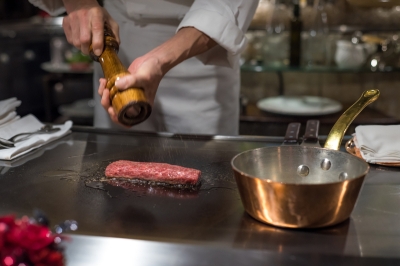
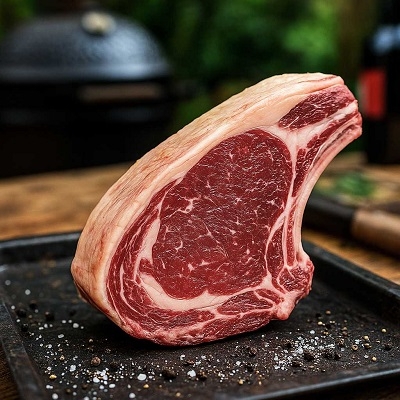
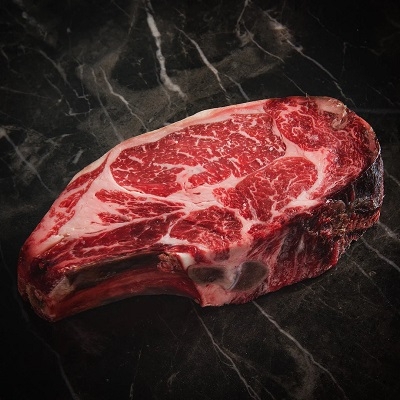
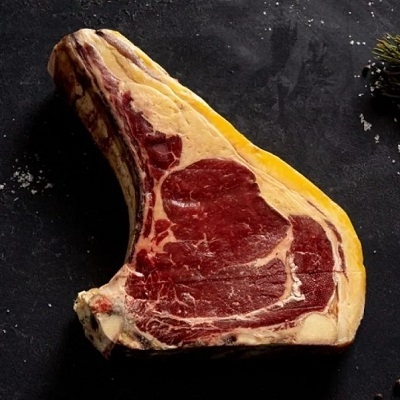



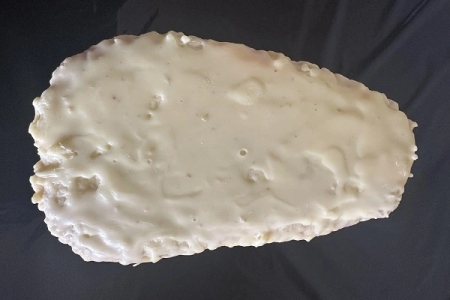
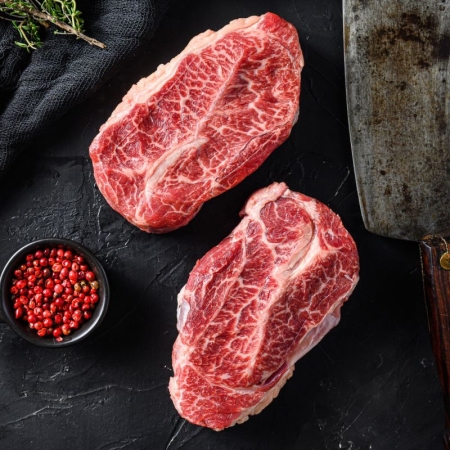
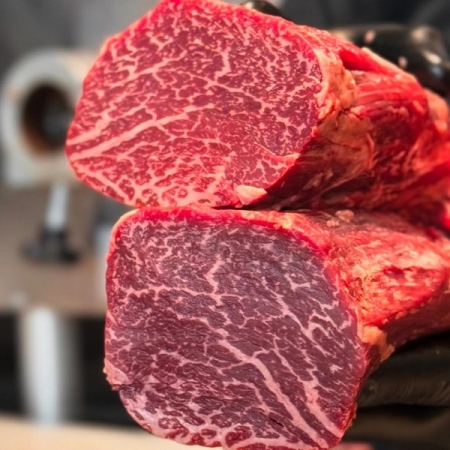

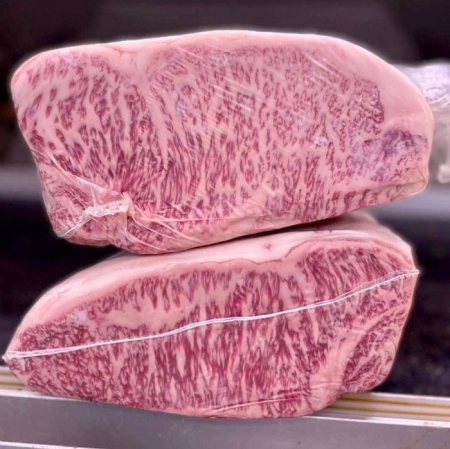
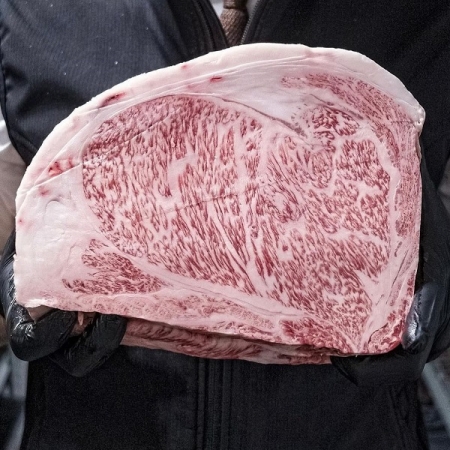
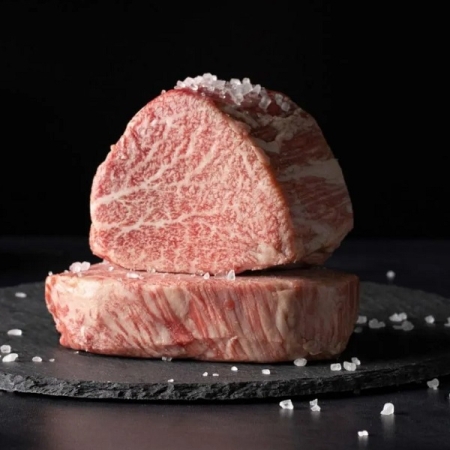
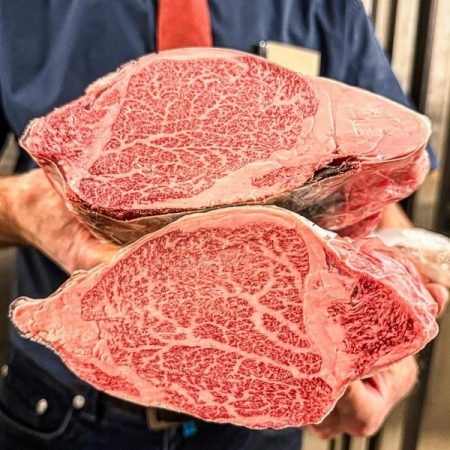
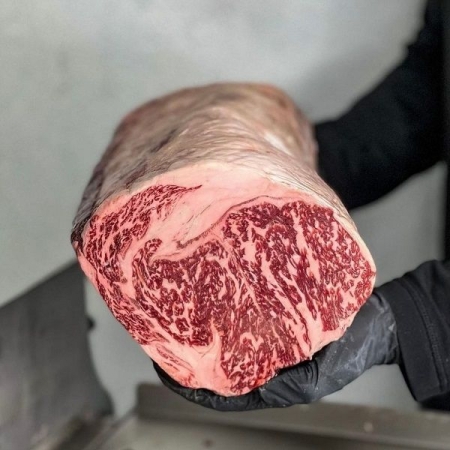
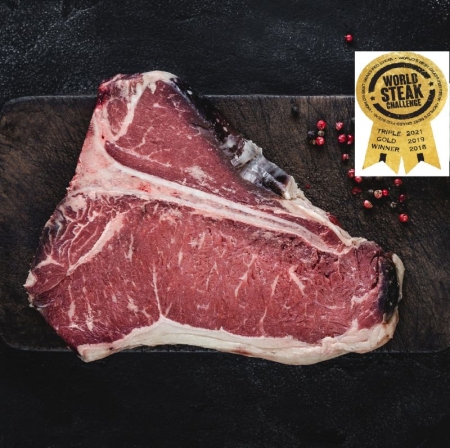
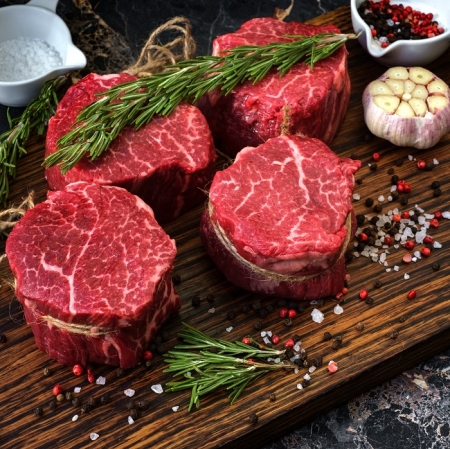
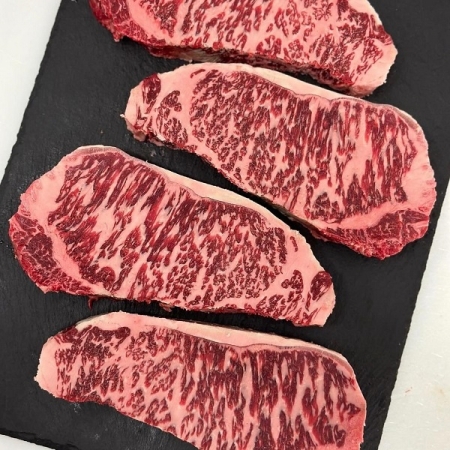
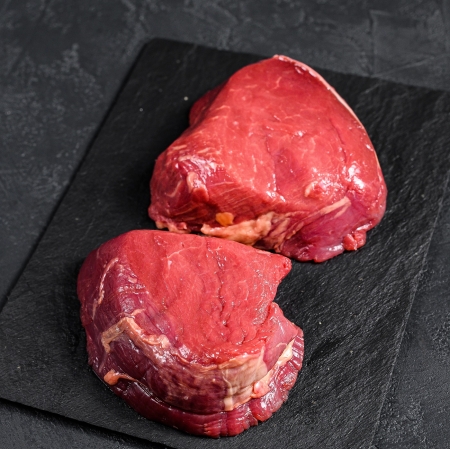
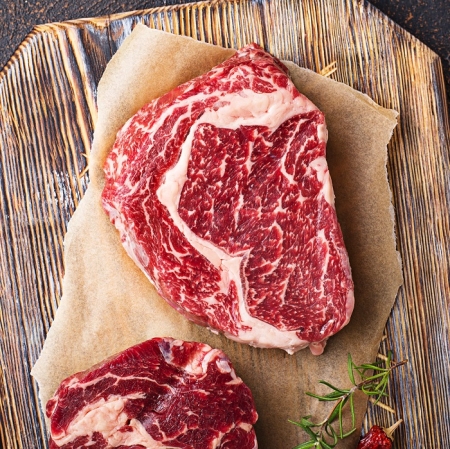
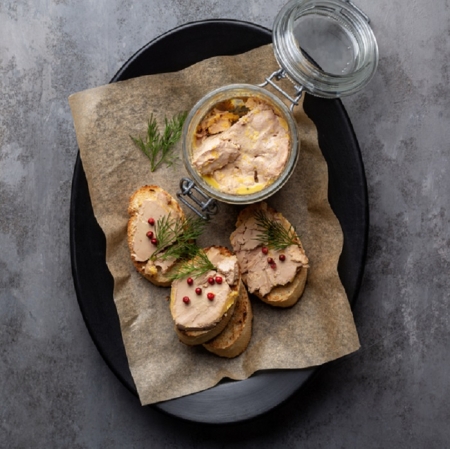
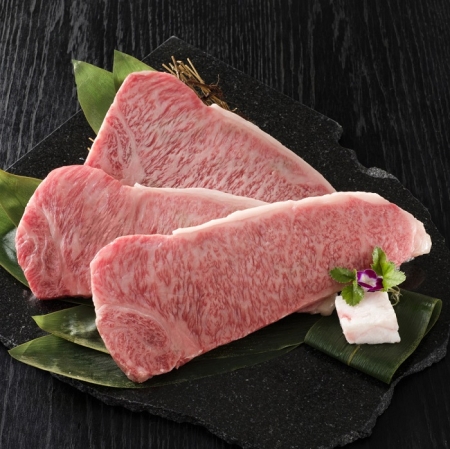
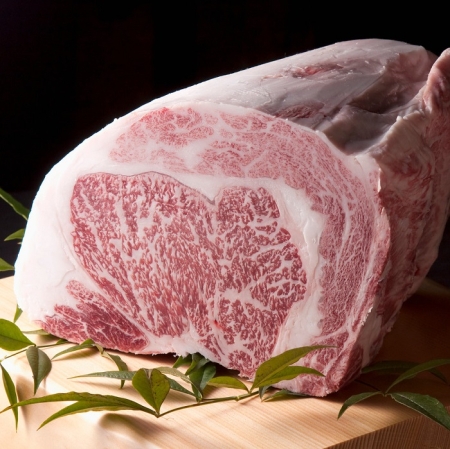
Post comment